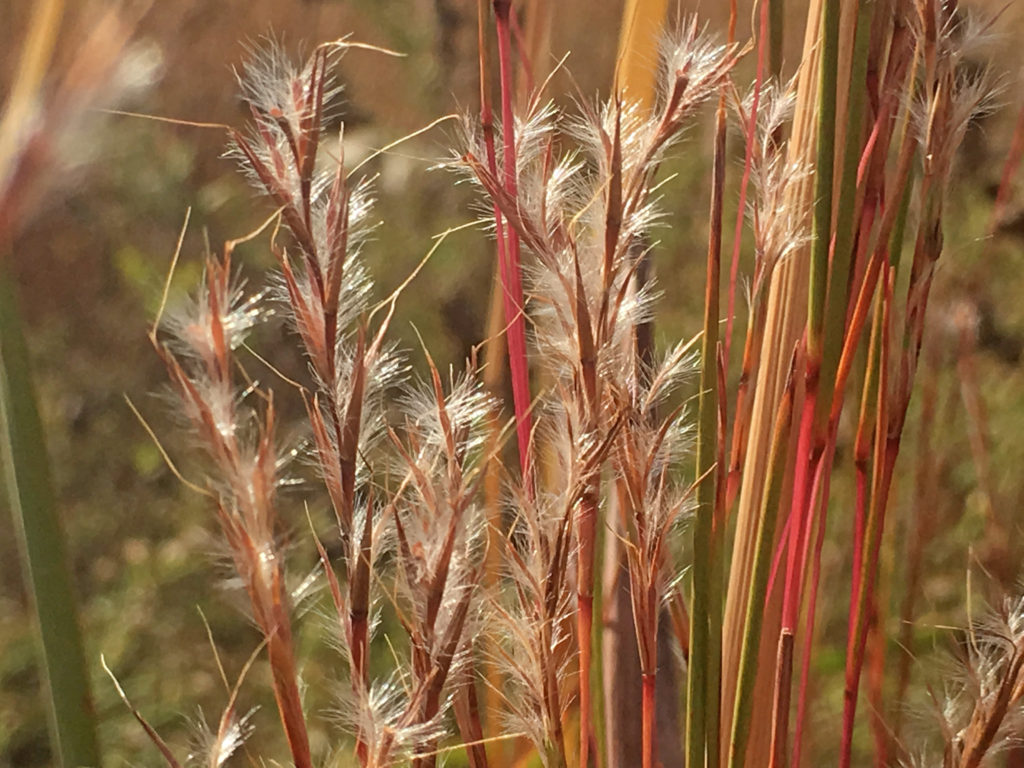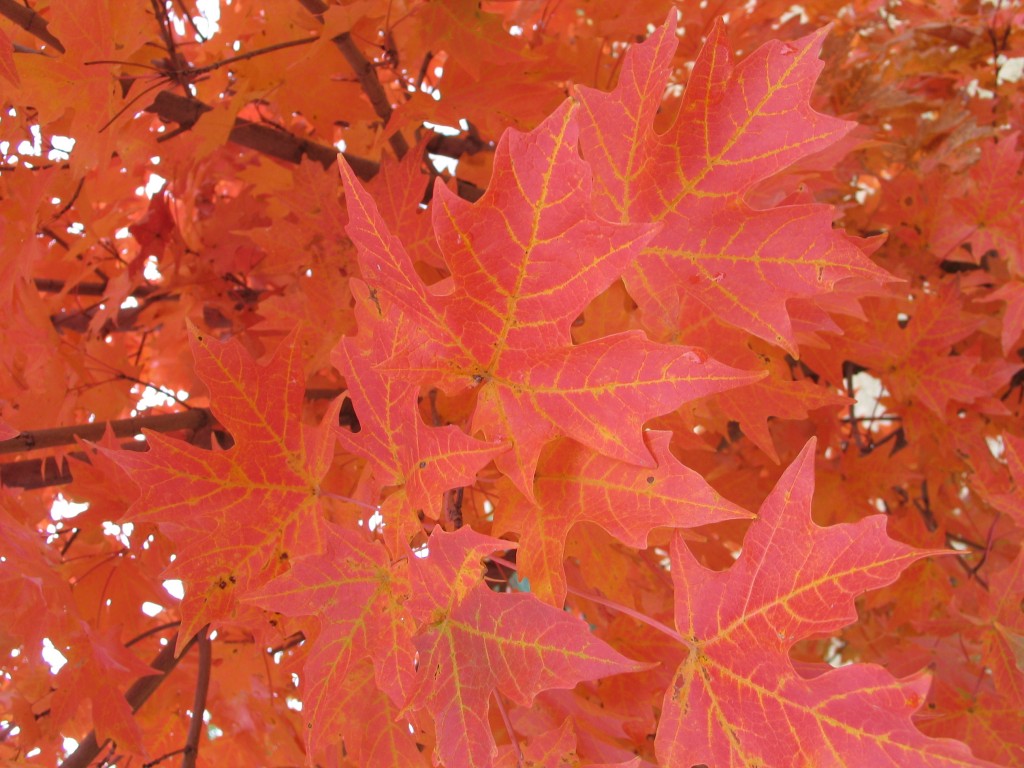It may not feel like fall yet, but it is coming. I am ready for some cooler north winds to blow and the leaves to begin changing on the trees. In the back of my mind, I am grudgingly starting to think about garden clean up.
Things are winding down in the garden, except for the asters. ‘Raydon’s Favorite’ aster, New England asters and ‘October Skies’ aster are a bright spot in the October prairie garden. Pollinators are covering these nectar rich flowers during the warm afternoons. It is fun to watch so many happy pollinators in the garden. The grasses are spectacular this year too.

Soon these flowers will fade and the growing season will officially come to an end. The grasses that are so beautiful now will blend into the landscape. It will be time for the prairie to sleep. Before we settle in for the winter, there are a few things to take care of in the garden so that it’s ready for next spring.
Taking stock
I know we don’t want to think too much about the landscape, but if you don’t take a few notes now, you will forget by spring. I know that will happen to me, so I like to spend a few moments reflecting on what has worked and what didn’t in the gardens.
Do I need to add a few plants to fill or augment my current design? Should I move some plants to make them happier? I take note of plants that need to be divided and/or moved next February or March. What areas am I going to focus on next year? Do some of my trees and shrubs need pruning? What plants have I seen that I believe would work well in the landscape? What do I need to do to create habitat for wildlife?
Fall is also a great time to appreciate what you have accomplished. Even a few steps toward a more sustainable landscape should be recognized. Your project may not be complete, but you can see progress. Give yourself a pat on the back. Your stewardship efforts are making a difference. Hopefully, you know this and have seen evidence of it in your garden.
Perennials
We have been rethinking how, when and why we do cleanup of our perennial beds. It is generally better to leave perennials such as wildflowers and grasses as they are through the winter. The forms and textures of plants such as little bluestem and switchgrass provide movement in the garden and should be left standing. The dark seed heads and stems look great with a back drop of little bluestem. Enjoy these autumnal combinations.

Wait! Don’t clean up your garden too early. Cleaning up beds often removes natural food and shelter that wildlife need to survive the winter months. Coneflowers, black-eyed susans and coreopsis are important seed sources for birds. Many pollinators and other insects overwinter in stems and tufts of grass in the landscape. By prematurely removing all dead vegetation you are removing overwintering wildlife. We have found that it is better to cut these plants down in February and March, but leave the stems in the garden as mulch. Overwintering pollinators and insects hatch in the spring and these composted plants are a fantastic mulch that add nutrients back to the soil. In our experience, overzealous cleaning often does more harm than good.
Leaves
I love the fall color of the trees in October. However, once the leaves have fallen, what should be done with them? I purposely don’t remove some leaves in perennial beds so they can insulate the plants. Keep in mind that too many leaves or larger leaves tend to cake up and seal off the soil. This will keep the soil too wet through the winter for many perennials.
When you are dealing with large quantities of leaves you may need to remove them or shred them so they break down quickly. In a shade garden, they are perfect as mulch. Just don’t let them get too thick that they smother out your woodland plants, too. Remove leaves from your turf areas, but don’t haul them away. They make great compost that can be used in your garden or flower beds.

Trees
This is the worst time of the year to prune trees. Trees are going dormant and pruning now will encourage new growth that will not get hardened off before cold weather. It is better to take note of trees that need pruning and remove suckers or limbs when the trees are completely dormant in November through January. Pruning now will only weaken the tree and reduce its winter hardiness.
Spring seems like it is so far away, but it will be here before we know it. By doing a few simple tasks in your garden this fall, you will save yourself time and effort next season. Why not put your garden properly to bed this fall so you can enjoy it more next year? It will be worth your time.
